THE BEST TRIPOD FOR WILDLIFE PHOTOGRAPHY
04.08.2021 | Reading time: 15 minutes
Author: Tom Mason
Should I use a tripod for wildlife photography?
When it comes to wildlife photography, a top class tripod is certainly one of the best investments you can make. As a professional wildlife photographer for the last 8 years, I’ve been through multiple iterations of cameras, many lens revisions and accessories. But tripods? What is the best wildlife tripod? Well, the one I picked up at 16 years old is still very much going strong.
If you want the best tripods for wildlife photography, take your time and consider a few parameters before jumping in. Weigh your gear to find the max load you’ll need your tripod to handle, and think about how you’re going to be using it most. Will you be hiking long distances? Flying with it internationally? Are you going to want to work with long lenses? I’d always recommend buying slightly above your needs, giving room for growth, as you want this to be a long-term investment you’re not going to grow out of any time soon. A three-legged friend for life!
Recommended wildlife photography tripod legs
Tripod legs are the base of your tripod, supporting the weight of your camera and tripod head. In the Gitzo range, they come in a few different styles, each of them for a different use:
All of them are built around top-class manufacturing, using high quality carbon eXact tubing, which gives exceptional strength and performance. Carbon fibre not only reduces the weight of a tripod, making them much more enjoyable to carry, but also provides benefits such as better handling in cold or hot conditions.
The G-Lock leg system provides a fast and effective way to open up and close the tripod’s length, the twist style design of the locks great for use even with gloves on. The feet are interchangeable, offering options for spikes or rubber feet, again just offering more user options for differing situations. All the ranges follow the same series numbers from 0 through to 5, with the numbers giving an indication of increasing outer tube diameter in the tripod. This also corresponds to the weight capacity, with the series 0 rated for the lowest weight and 5 for the heaviest of kit.
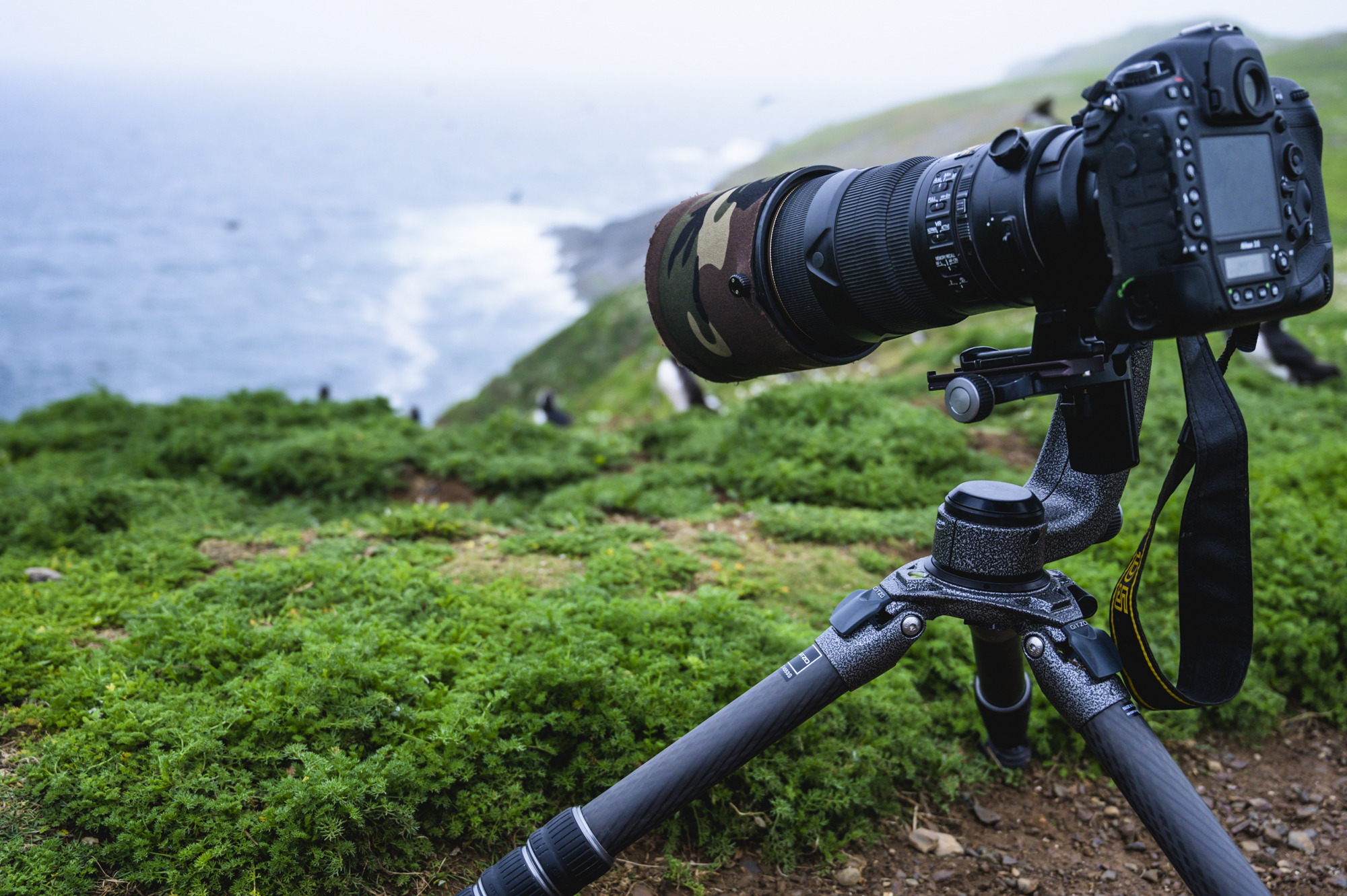

In addition to this, Gitzo professional tripods also come in a variety of lengths and leg section options, with each tube size often offered in a 3-section or 4-section variation, with some also in 5-sections. The more sections a tripod has, the smaller it will fold up. Great for travel, but of course the more leg sections a tripod has, the more locks there are to open and close! Some of the range also come in an LS version, adding some extra height to the tripod; something that can be handy if you’re taller than most, or doing a lot of bird in flight shooting above your head!
Gitzo Systematic Tripod: the best series for wildlife photography
My daily tripod is the Gitzo Systematic Tripod. These are the ultimate all-round professional tripods, built for load capacity and supporting the largest lenses. The flat top plate design, which lacks a central column, is perfect for ground level shooting, something I do a lot of as a wildlife photographer! The load capacity and ruggedness of the Systematic series is perfect for a life in the wild, giving support I can rely on in any situation.
The Systematic Tripod has been round the world with me, from the Falkland Islands to the Amazon Rainforest, and on multiple European trips. It has been dragged through the sand and mud and been beaten about in the UK landscape, but every day, it has helped me capture images. From supporting my longest lenses on long stakeouts to working with slow shutter speeds when capturing landscape images. Yes, it has a few scratches and marks, and I’ve replaced a foot or leg lock here and there; but in terms of return on investment, it’s certainly held its own.
I do also use the Mountaineer and Traveler series tripods, but these tend to be utilised for more landscape photography or when I need to keep my gear super light. They still offer excellent support but in a more compact package, with an extending centre column that can be a real bonus for certain shoots.
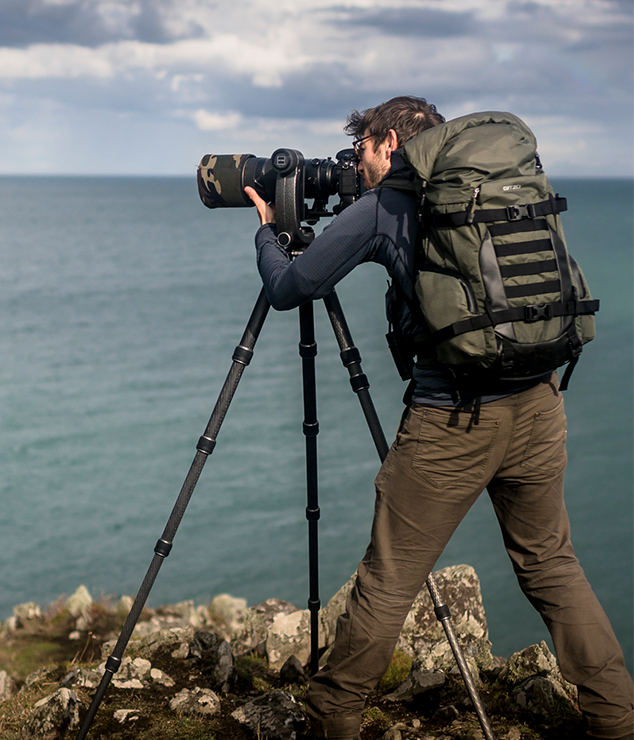
What tripod head for is used for wildlife photography?
So, with a set of legs picked out, the next decision should focus on the tripod head. The head you choose will largely be down to your shooting style, but some offer a great crossover solution. All the Gitzo heads are compatible across the range of tripods, but due to the size or style of some, they will fit better with certain leg models.
Some products also come with a series guide number, letting you know what’s going to match up well. In order to be as easy as possible to use, Gitzo heads also now all work with the Arca-Swiss style plate system, giving a strong and simple method to quickly attach your camera to any given head. With plates being universal, you won’t be unscrewing and re-screwing plates!

Tripod Head styles
Ball
Utilising a pivoting ball mount and locking sleeve, the ball head is a great all-rounder. Offering fine control for landscape shooting through to excellent support for heavy long lenses, ball heads are great for broad-spectrum nature photography.


Gimbal
Designed specifically for long lens users, gimbal heads are great for action shooting. The cradle style that supports the lens weight allows for fast reaction and fingertip control even with the largest of optics. The Gitzo fluid gimbal is perfect for fast-paced action when you need a reactive support.
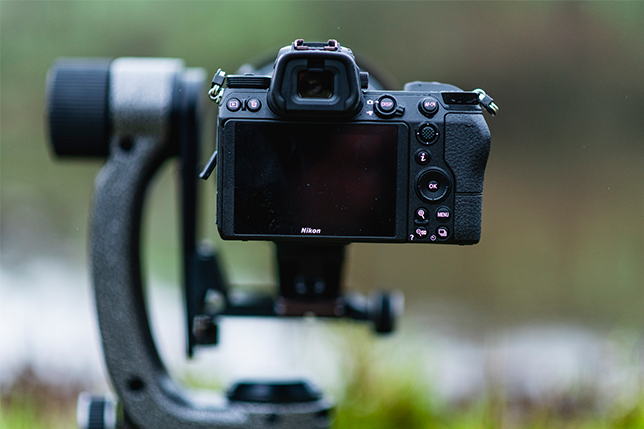

3-Way
A slower-paced head, the 3-way style is ideal for landscape shooters or macro enthusiasts who want ultimate control, perfect for slowly finessing compositions with small movements.
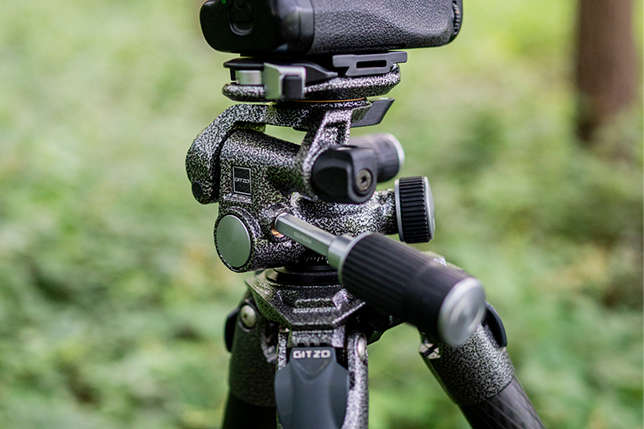

Fluid
Predominantly for video use, fluid heads give a dampened response that’s perfect for capturing moving images shake free. The drag allows for smoother pans and tilts, that are essential for video production.
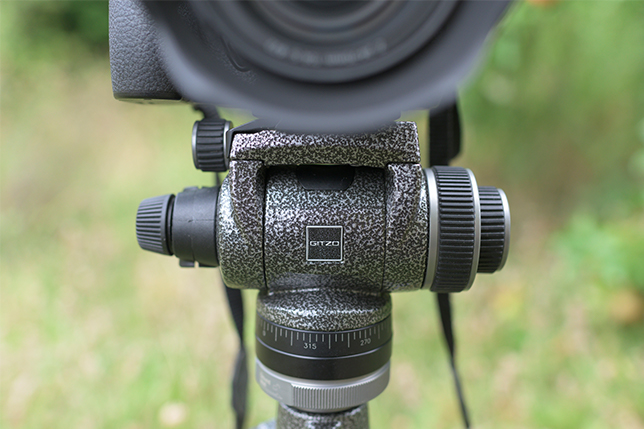

I personally spend most of my time working with a ball or gimbal head. The Gitzo Systematic Tripod has been round the world with me, from the Falkland Islands to the Amazon Rainforest, and on multiple European trips. It has been dragged through the sand and mud and been beaten about in the UK landscape, but every day, it has helped me capture images. From supporting my longest lenses on long stakeouts to working with slow shutter speeds when capturing landscape images. Yes, it has a few scratches and marks, and I’ve replaced a foot or leg lock here and there; but in terms of return on investment, it’s certainly held its own
It has really become my “go to” for shooting in the field, offering excellent load capacity, and the flexibility to shoot with everything from super long lenses to shorter focal lengths. With the ability to produce long lens portraits all the way to landscape images with this head, I just love the flexibility out in the field. Sometimes when working with faster-paced action where I know I’ll be utilising only long lenses, I’ll swap out to my Gitzo fluid gimbal. The fingertip control even up to the largest lenses is amazing, and for tracking fast birds in flight for hours on end: nothing beats it!
Conclusion: what is the ultimate tripod for wildlife photography?
If I had to pick one wildlife tripod for my daily use, a Series 3 Systematic with the Series 4 ball head would be my selection, probably in a 4-section leg variation. The Series 3 legs offer excellent weight capacity for larger lenses (300-500mm, or even 600mm at low extensions) with the legs still being lightweight enough to carry all day. The 4-section legs allow for a more compact folded length for travel and paired with a Series 4 ball head I know I'll have the capacity and control for shooting everything from landscapes to long telephoto work.
Of course, your use case might be a little different, but that’s one of the great things about the Gitzo range: the possibilities to mix and match and add to your system as time goes on.
When it comes to shooting in the field, long hours with long lenses, harsh conditions are something we put up with daily, so we need a support that can handle it. Investing in a solid three-legged friend is something I’d recommend to every photographer, and the earlier you do so, the sooner you’ll really start to see the benefits in your shooting!
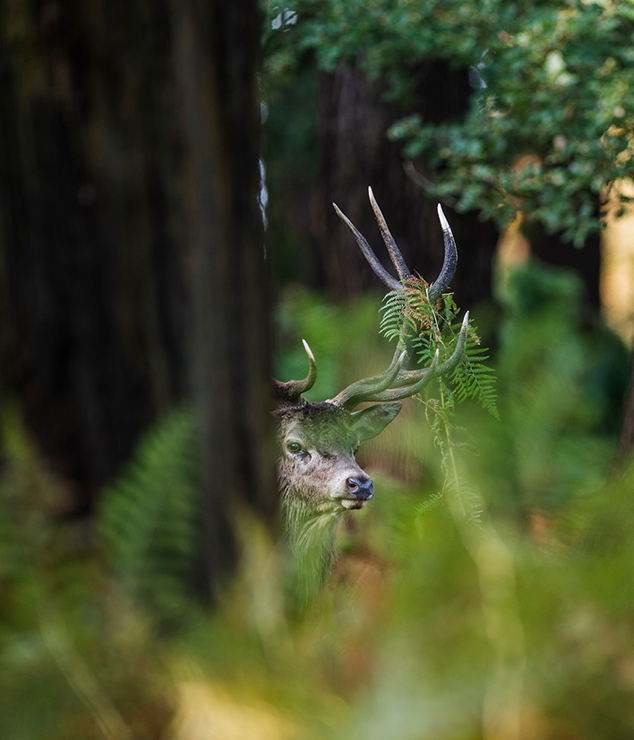


Tom Mason
Tom Mason is a professional wildlife and nature photographer from the UK and Nikon Europe Optics Ambassador. Having worked on numerous assignments from the Amazon to the Falklands, he is a regular contributor to numerous publications such as BBC Wildlife Magazine, N-Photo and numerous other titles.

























